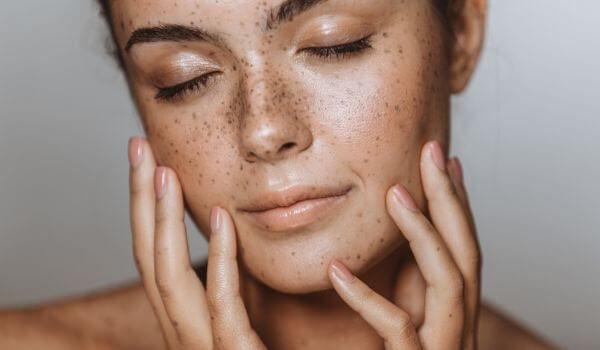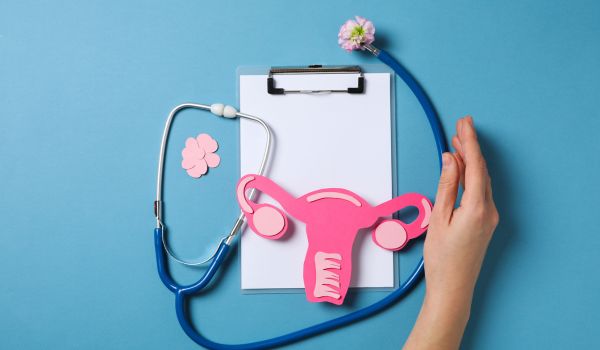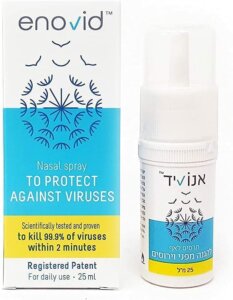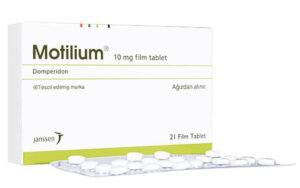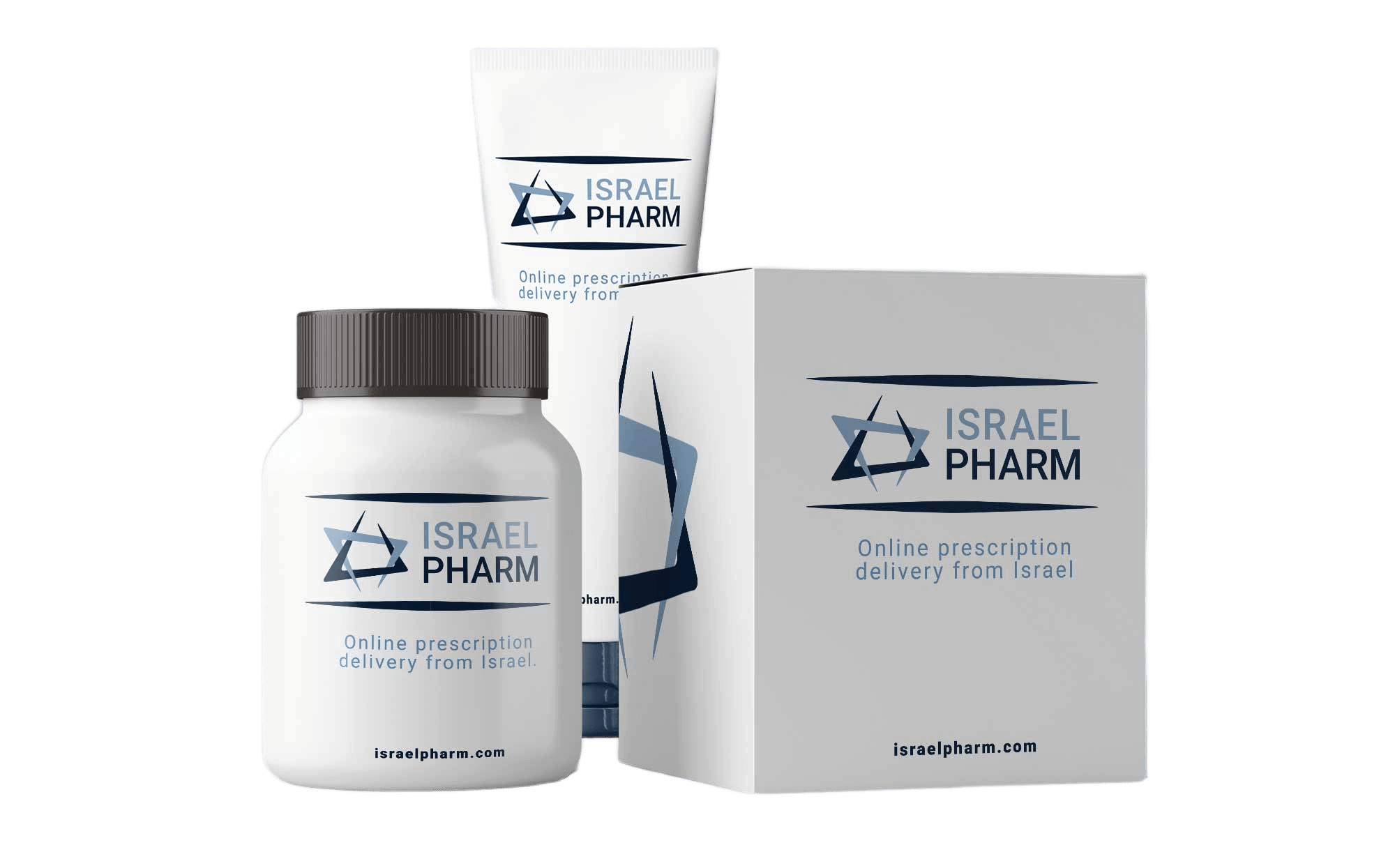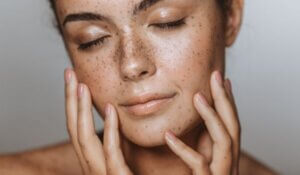
Chronic acne is a skin disease
Even when it first breaks out in young people as they mature and hormones start to flood their systems, acne outbreaks have to be treated as a disease. It helps to distinguish between a medical condition (such as obesity, diabetes, arthritis) and a disease (like acne in this case, but also flu, pneumonia, bronchitis). It’s not that one causes less concern than the other, but it does direct the doctors’ approach on how best to treat a patient.
Proper care and treatment can limit the extent, restrict the spread, and lower the chances of permanent damage for a disease like acne. Ignoring the problem and hoping it vanishes is a recipe for disaster. It’s unlikely to improve on its own and could even worsen the situation.
Acne was regarded as a disease long before there was any understanding of how the flush of hormones in maturing teenagers was causing the overwhelming incidence of acne breakouts. About three out of every four teenagers get some degree of acne vulgaris on their faces, and a high proportion also have breakouts on their upper bodies (mostly their backs and shoulders).
Most people don’t look for treatment or some form of cure and accept acne as an inevitable consequence of maturation. This is most likely because visible acne outbreaks don’t show up as an acute condition that demands urgent attention. Acne outbreaks are usually a chronic condition that starts off slowly and persists for many months or even years with long breaks of no symptoms in between.
The incidence of Acne
The American Academy of Dermatology (AAD) published the results of a broad study into the incidence of skin conditions. It reported that “acne is the most common skin condition in the US,” affecting over fifty million people yearly. About 85 percent of all people between the ages of 12 and 24 experience some outbreaks of acne, and a growing proportion of adults, especially women, have chronic outbreaks well into their 30s and 40s.
Studies also found a strong genetic link in the probability of the more acute forms of acne. The children of parents who themselves suffered from painful and deep pimples are much more likely to develop the same form of the disease, with matching duration and age of outbreak.
Ethnicity plays a dual role. People of color suffer about the same overall rate of incidence; however, they tend to get more severe forms, and the residual effects of scarring and post-inflammatory hyperpigmentation (PIH) are much more noticeable. The other aspect of ethnicity is diet. Cultures that consume high proportions of high-fat, high-sugar foods are associated with a higher incidence of acne.
Acne in teens — causes and outcomes
Nearly 85% of teenagers are affected by acne outbreaks to some extent. It can cause more than just physical symptoms and often brings emotional and psychological disturbances. In some cases, the outbreaks can persist well into adulthood.
The primary cause of acne during the teen years is hormonal changes. As adolescents enter puberty, their bodies begin to produce increased levels of androgens, which are hormones associated with secondary sex characteristics. The main sites of androgen production in teens are the adrenal glands, testes in boys, and ovaries in girls.
These hormones cause the sebaceous glands in the skin to enlarge and produce more sebum, an oily substance. Without proper skin care, the oils can clog pores, leading to the buildup of dead skin cells. This creates an ideal environment for the growth of the bacteria known as Propionibacterium acnes. As they proliferate, they cause inflammation and the red, swollen pimples characteristic of acne.
Another cause for teen outbreaks is lifestyle factors, including diet and stress. Teens can suddenly begin to drink more sugar-loaded drinks and processed foods, eat more oily or fat-rich products, and rebel against supervision by adults who used to enforce rules about bath times and overall hygiene. All of these factors combined have been linked to greater severity of acne symptoms, potentially worsening the condition.
The secondary effects of acne extend beyond the health of the skin. Many teens can feel embarrassment, anxiety, and, in severe cases, depression if they have highly visible or acute acne outbreaks. This can affect social interactions, academic performance, and their overall quality of life.
Acne in adults
In a proportion of cases (about 5% of males and 15% of females), acne persists beyond the teenage years, although for unknown reasons, it can appear for the first time in the twenties or thirties. In these cases, acne outbreaks become a chronic disease with potentially profound impacts on an individual’s quality of life. Although we currently lack empirical evidence to back this up, it appears that the reason it tends to impact more women than men is due to hormonal fluctuations associated with menstrual cycles, pregnancy, and menopause, and the heavier reliance and use of cosmetics and skincare products.
Adults also face unique triggers. These can include stress, which increases the production of hormones that stimulate oil glands, and lifestyle factors such as diet. The persistence of acne into adulthood or the emergence of new outbreaks can be particularly frustrating and may affect mental health, leading to feelings of insecurity and lowered self-esteem. Adults with acne may also experience social and professional repercussions, feeling judged or stigmatized for their skin condition, which is wrongly perceived as a hygiene or lifestyle fault.
Treating acne outbreaks properly
It’s important to recognize that acne isn’t a passing phase that needs to be accepted as something that just “happens” as we grow older. Effective treatment begins with an accurate diagnosis, which means consulting a doctor, preferably a dermatologist, who will examine the skin to determine what types of acne are present and where the breakouts appear. Different types of acne often require different treatments.
Just as important as determining the type of acne, sometimes what looks like acne to an untrained eye isn’t acne at all. For example, it’s possible to mistake a condition called acne inversa (aka hidradenitis suppurativa) for acne. Another condition that can be mistaken for acne, especially in young girls, is perioral dermatitis, which causes small, red, pus-filled bumps around the mouth and also affects the skin around the nose, cheeks, and eyes. A skin infection called folliculitis can also be mistaken for acne because of the similar appearance (pus-filled and inflamed red or white bumps around hair follicles).
Whether it is acne or another condition, a dermatologist will make an accurate diagnosis and create a treatment plan tailored to the condition’s requirements.
How do dermatologists treat acne?
The treatment of acne depends primarily on the extent and persistence of outbreaks. If the doctor assesses the risk of heavy skin scarring to be low, and if there is no family history of acute and chronic acne, the most common advice is to make lifestyle changes and use mild non-prescription treatments. Some of the simpler changes are to the diet — eliminating high-sugar drinks, avoiding high-fat foods, reducing dairy products like ice cream and milk, etc. More rigorous skin cleanliness, including frequent washing with soap, avoiding cosmetics, and preventing overexposure to sunlight, are all easy ways to help the skin fight the condition without resorting to stronger medications.
However, where there is a clear risk that acne outbreaks can become chronic and cause lasting damage to the skin, a more aggressive approach may be needed. The goals of acne treatment are to clear the existing acne, prevent new breakouts, and limit acne scarring. There’s no one-size-fits-all acne treatment. Each patient requires a specific treatment plan. Generally, these can include Topical Acne Medication.
Treating acne with Accutane
Retinoids are the most common drugs approved by the US Food and Drug Administration (FDA) that dermatologists may include in an acne treatment plan.
Accutane (roaccutane) belongs to a group of medications called retinoids, which are modified forms of vitamin A. It’s prescribed mostly for the treatment of severe acne as well as many cases of more moderate disease that are unresponsive to other treatment, mainly cystic acne and nodular acne. These are different from the common types of acne mainly because the infectious bacterium (called cutibacterium acnes) is a Gram-positive bacterium that colonizes human skin. In these more serious cases of acne, pus becomes trapped under the skin in nodules and cysts, and leads to infection and inflammation. Failure to treat these deeper infections can result in permanent and severe scarring.
Frequently asked questions about Accutane
Is Accutane as harmful as people have been telling me?
Accutane is known to be an effective remedy for severe acne. Nevertheless, there are misconceptions and worries surrounding its usage that require clarification.
Misconceptions about Accutane;
- Not everyone is adversely affected by Accutane; Although Accutane does have side effects and may not be suitable for everyone, it can be used safely and effectively under proper medical supervision. The medication is specifically intended for treating nodular acne that has not improved with other treatments. Despite being perceived as risky due to its side effects, many doctors find it to be the only solution when other remedies have failed.
- Reports linking isotretinoin (the form of vitamin A in Accutane) to depression and suicidal thoughts have caused concern among users. However, research has not definitively proven a causal link between isotretinoin and serious psychological side effects. Several studies indicate that acne itself plays a role in causing psychological distress and effective treatment can lead to better mental health outcomes.
- It is true that Accutane can cause birth defects if taken during pregnancy due to its teratogenic properties. That is why patients have to agree to the regulations governing its usage, such as the iPLEDGE program in the United States. This protocol ensures that patients are well-informed about risks and agree to take the necessary precautions against conception while on the medicine, such as using two forms of birth control and undergoing regular pregnancy tests before during and after the treatment period.
What is the expected progression during treatment by Accutane?
| Month 1 | There can be an initial worsening of acne, often called the “initial breakout.” This is typically temporary. It tends to improve with ongoing treatment. |
| Month 2 | There can be dryness, particularly around the lips and skin. It becomes important to use moisturizers and lip balms. By the end of this month, many people begin to observe significant improvements in their acne condition. Dryness and peeling may persist or intensify during this period, with some individuals experiencing dryness in their eyes and nasal passages. |
| Month 3 | Acne continues to clear up, with less frequent new breakouts over time. The dermatologist usually evaluates progress and makes any necessary adjustments to the dosage. |
| Months 4 to 6 | Most patients will notice an improvement in their skin condition during this period. Regular blood tests are crucial for monitoring liver function and lipid levels since Accutane can impact these factors. After the treatment, there should be more lasting effects, with most patients experiencing benefits following a single treatment course, although some may require a second round. |
| Ongoing monitoring | Following the completion of treatment, periodic check-ups may be needed to observe any long-term impacts and address any recurring symptoms. |

